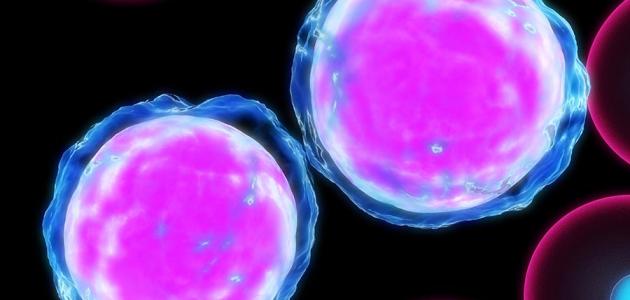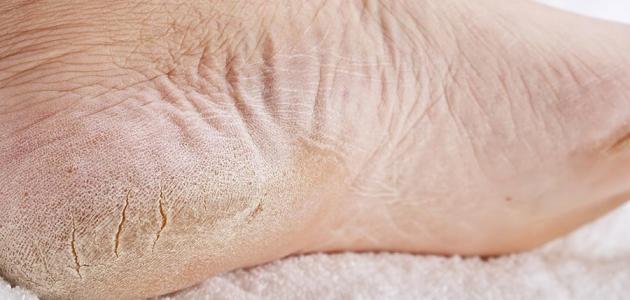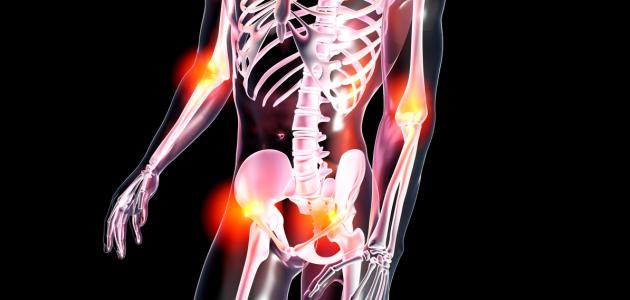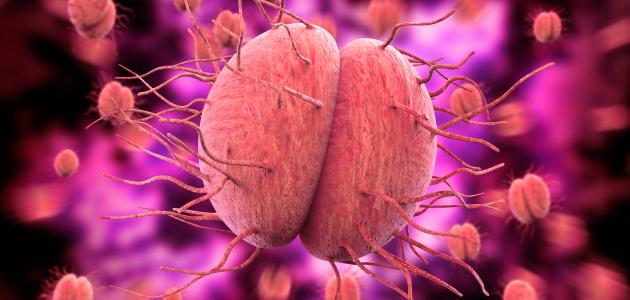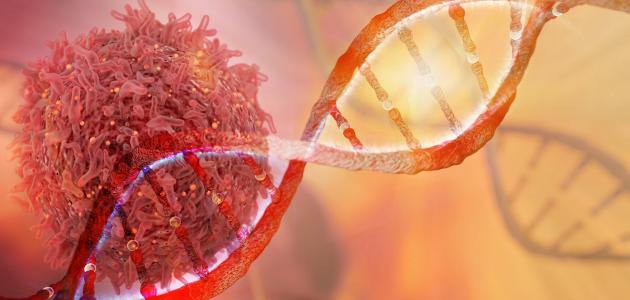Contents
Feel the wheat
The wheat allergy One of the digestive system disorders that occur because of the reaction of the immune device is abnormally to gluten , a protein found in foods made from wheat and barleyAnd some others, in addition to its presence in some types of medicines, vitamins, and lipstick, and the body's intolerance to gluten is due to the body's inability to digest or break it down, and the immune response to gluten leads to the formation of toxins that destroy the villi , which are growths or bumps Small fingers resemble fingers inside the small intestine, and their damage leads to the body's inability to absorb the nutrients from food, and thus the patient suffers from malnutrition and other serious health complications. The causes of wheat allergy are due to the presence of interactions between genes, eating foods containing gluten, and other environmental factors, but the exact cause of the disease is not known yet, in addition to the above, the researchers indicated that there are a set of factors that may contribute to the development of the disease, Such as some practices related to feeding babies, gastrointestinal infections, and gut bacteria.[1] [2]
Complications of wheat allergy
A wheat allergy can cause the following complications if left untreated: [2]
- Malnutrition: , cause damage to the minute as a result of the injury intestines to feel wheat to the inability to absorb adequate nutrients, leading to malnutrition , as mentioned above, and this in turn presents the patient to suffer from anemia and weight loss, and leads poor Feeding in children indicates slow growth and short stature.
- Calcium loss and decreased bone density: Malabsorption of calcium and vitamin D can lead to thinning of the bones, causing what is known as rickets in children and osteoporosis in adults.
- Infertility and miscarriage: Malabsorption of calcium and vitamin D can be associated with sterility and miscarriage in patients with wheat allergy.
- Lactose intolerance: Damage to the small intestine can lead to abdominal pain and diarrhea after consuming dairy products that contain lactose, even though they do not contain gluten.
- Cancer: The chance of developing many cancers including intestinal lymphoma and small bowel cancer increases in people who have a wheat allergy and do not maintain a gluten-free diet.
- Neurological problems: Some people who suffer from wheat allergy may have neurological problems such as seizures or peripheral neuropathy, which is the occurrence of problems with the nerves in the extremities, including the hands and feet.
Diseases associated with wheat allergy
In fact, there are some diseases that may appear in people with wheat allergy disease, and this does not mean that these diseases necessarily appear, but with the understanding that there is a link between wheat allergy disease and some other diseases, this can be evoked for early detection and diagnosis of these diseases as soon as possible Among these diseases whose occurrence is related to wheat allergy are the following: [3]
- Diseases affecting the endocrine glands: These include thyroid diseases caused by autoimmune disorders, type 1 diabetes, Addison's disease resulting from insufficient or deficiency of adrenal hormones, and Sjogren's syndrome that causes Dry mouth and eyes, and menopause.
- Diseases that affect the joints: These include polyarthritis that affects five or more joints, rheumatoid arthritis that affects joints and other parts of the body, lupus , and sarcoidosis Sarcoidosis .
- Hematology: it includes anemia resulting from iron deficiency or lack of vitamin B12, and chronic cases of idiopathic thrombocytopenia .
- Liver diseases: These include elevated liver enzymes, autoimmune hepatitis, primary biliary cirrhosis, and primary sclerosing cholangitis.
- Nervous system diseases: including multiple sclerosis and depression .
- Skin and mouth diseases: These include dermatitis herpetiformis, which is a chronic rash that is accompanied by severe itching, and among the health problems that are associated with the mouth and skin, as well as hair loss, tooth enamel defects, and mouth sores.
- Other diseases: pneumonia, Down syndrome, and Turner syndrome.
Nutritional advice
A patient with wheat allergy should follow the following nutritional advice: [1]
- Foods to avoid: wheat, spelled, corn, barley, soybeans , bulgur, flour, graham flour and semolina. There is also a group of foods that the patient should avoid eating unless they are prepared in a gluten-free form, and they include bread, cakes, pies, candies, cereals, biscuits, crackers, toasted bread, oats, pasta, sausages, and sauces, including soy sauce.
- Foods to eat: Fresh meats, fish and poultry that are not baked or soaked with vinegar, fruits, most dairy products, and starchy vegetables like peas and potatoes, including sweet potatoes and corn, rice, beans, lentils, vegetables, grains and gluten-free starches, including buckwheat , Corn kernels, cornstarch, and flour made from rice, soy, corn, quinoa, and rice.
References
- ^ A b "Celiac Disease: More Than Gluten Intolerance" , Www.healthline.com , Retrieved 19-4-2018. Edited.
- ^ A b "Celiac DISEASE" , Www.mayoclinic.org , Retrieved 19-4-2018. Edited.
- ↑ "celiac disease associated conditions" , www.coeliac.org.au , Retrieved 19-4-2018. Edited.


